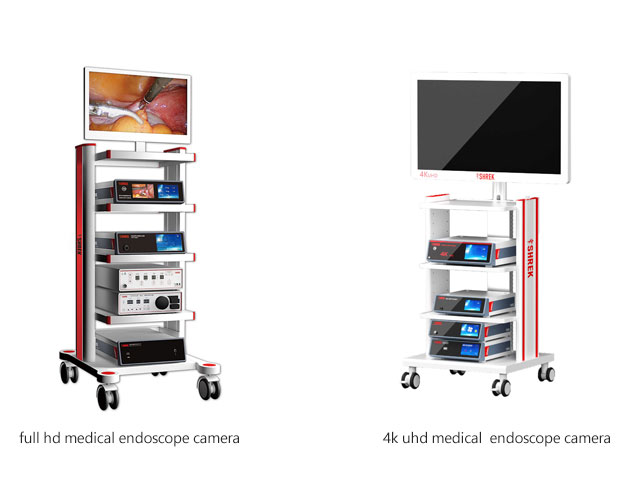
Full HD laparoscopy refers to the use of a high-definition camera system with a resolution of 1080p (1920 x 1080 pixels) to perform minimally invasive surgery. 4K ultra-high-definition (UHD) laparoscopy, on the other hand, uses a camera system with a resolution of 3840 x 2160 pixels, which is four times the resolution of full HD.
The primary difference between full HD and 4k laparoscopic camera is the level of detail that can be captured and displayed. With 4K UHD, surgeons can see even finer details in the surgical field, making it easier to identify and differentiate between tissues and structures. This can improve the accuracy and precision of surgical procedures and reduce the risk of complications.
Another advantage of 4K UHD laparoscopy is the wider field of view. The increased resolution allows for a larger area to be captured in a single image, providing surgeons with a better overall view of the surgical site.
However, it's worth noting that 4k surgical camera requires more bandwidth and storage space to handle the larger file sizes, and the equipment may be more expensive than full HD systems. Additionally, the benefits of 4K UHD may not be necessary for all types of surgical procedures.


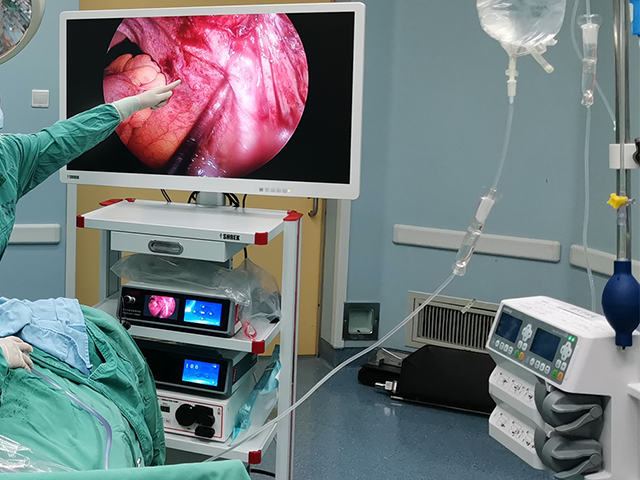
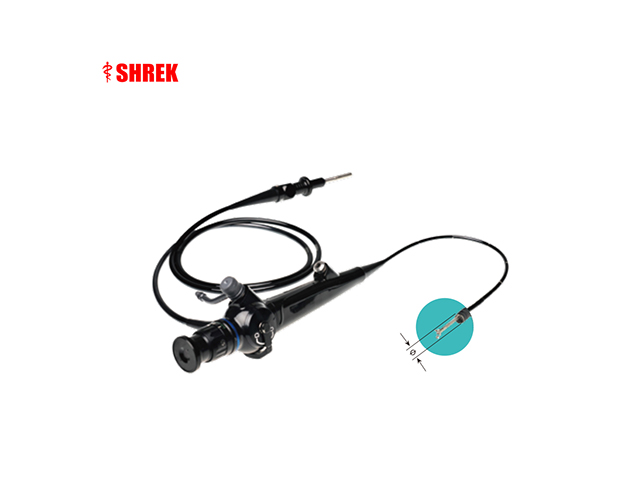
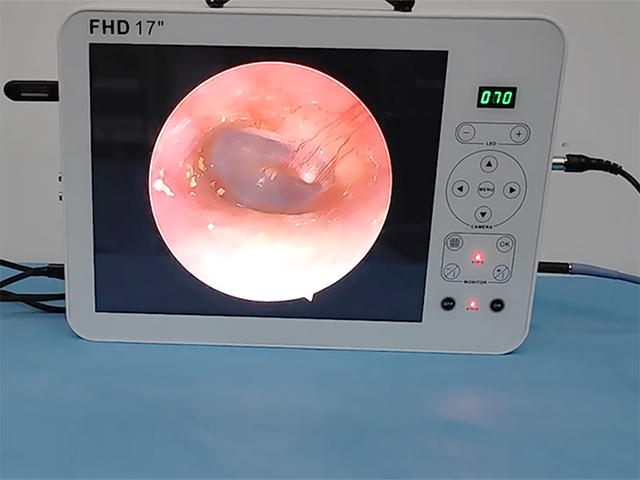
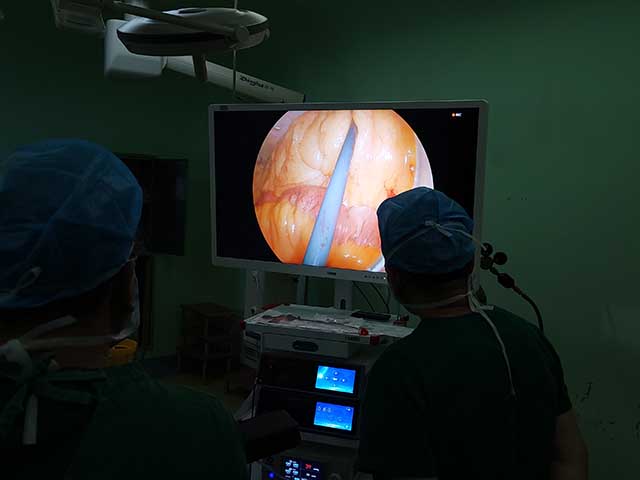
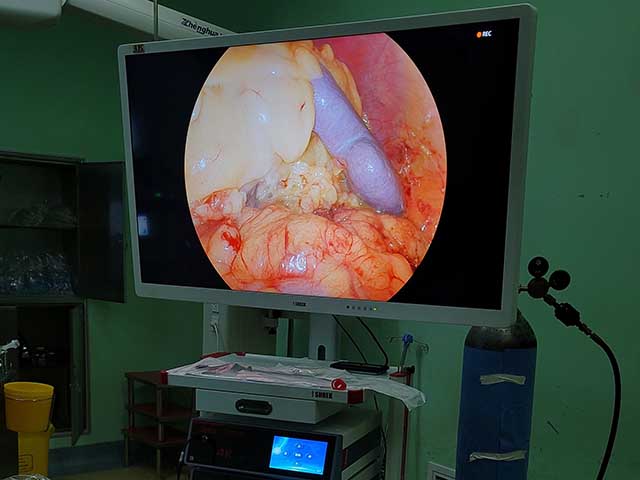

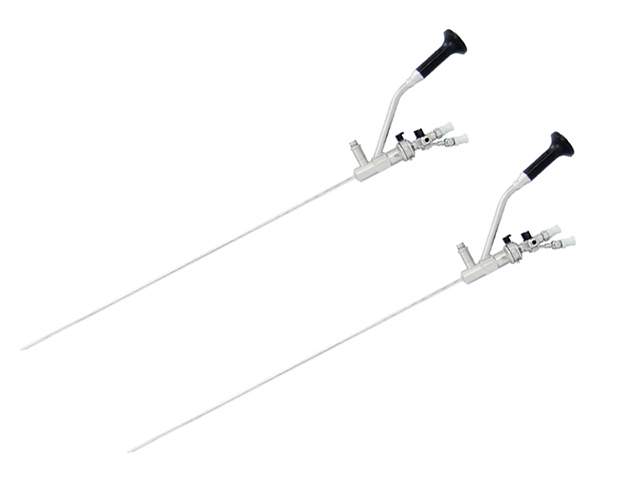
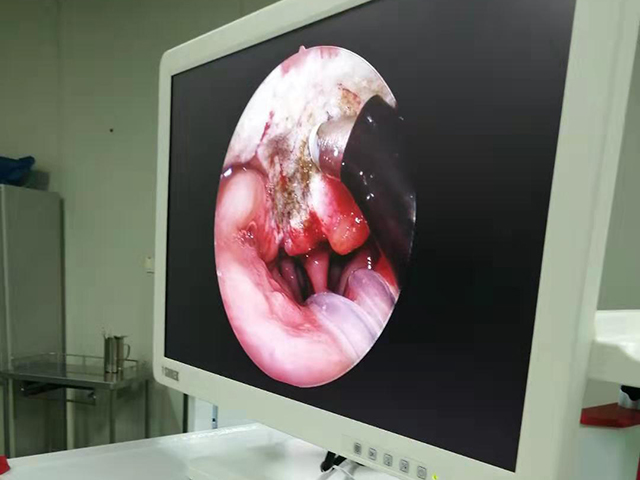
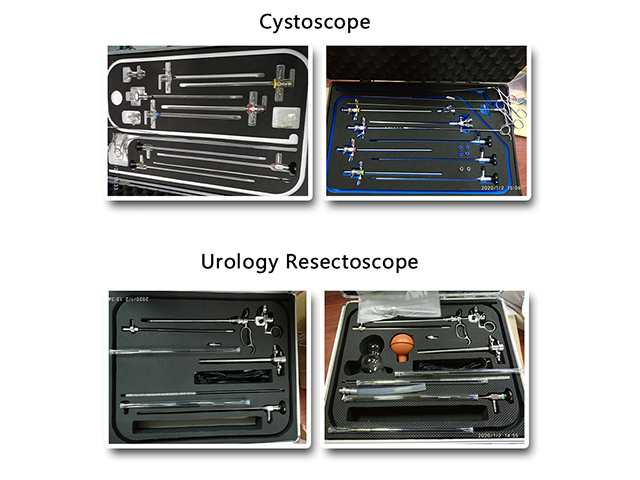
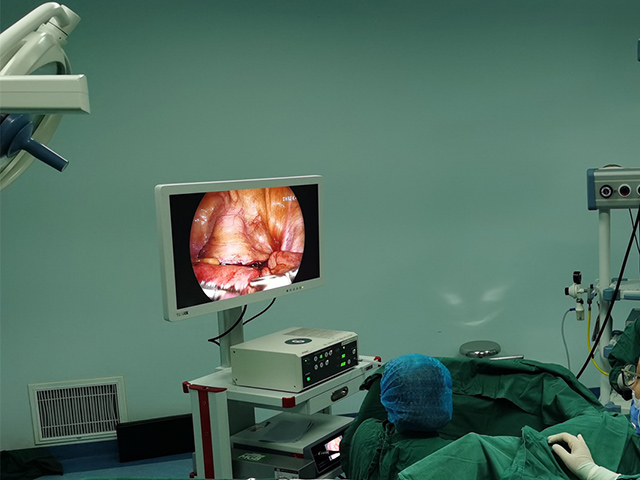
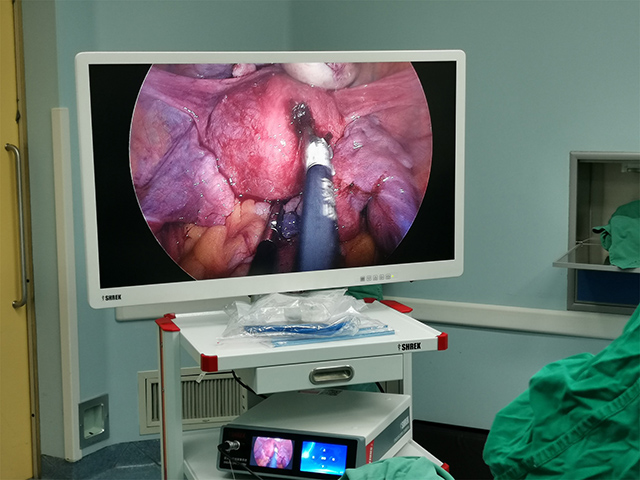
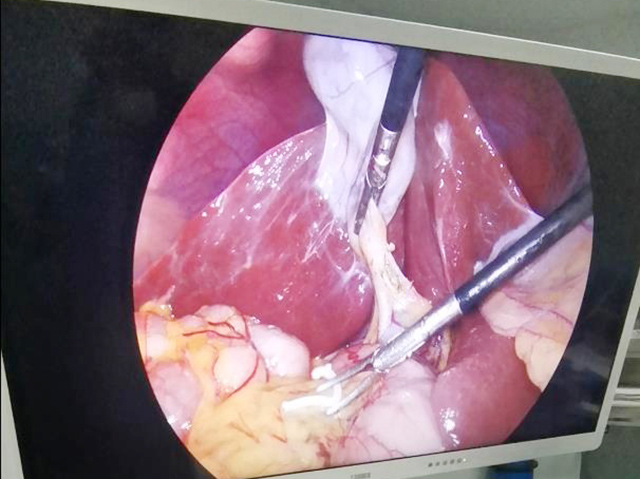

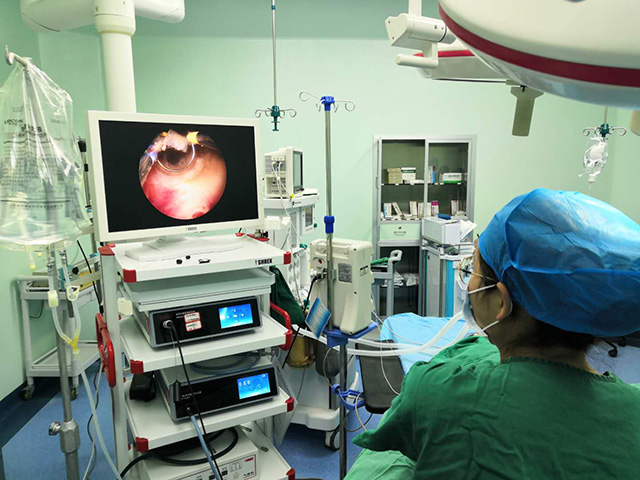
Leave A Inquiry